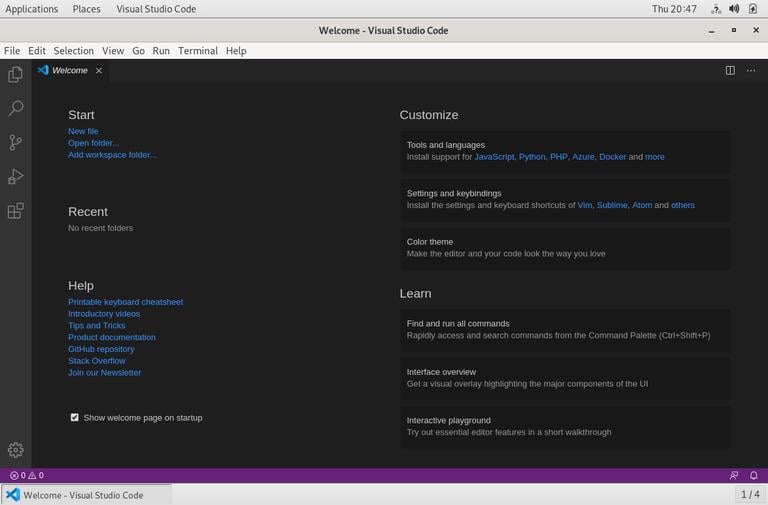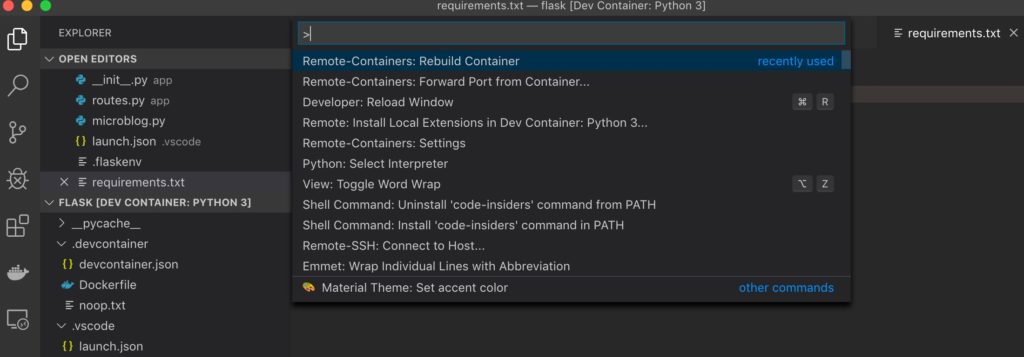

# enter the directory of the pyworkshop folder from the last stepįor Mac / Linux: # activate the virtual environment Remember, you can copy all the commands by clicking on theĬlipboard icon ( ) located in the top right section of a code block. We’ll be using VS Code for this course so I can show you the ropes, but after class is over you’re free to switch to any editor of your choice.

If you prefer keyboard shortcuts from a different editor, such as sublime, vim, or emacs, you can install a key-map extension to remap your keybindings, preferably at the next break. The Python extension also offers a built-in REPL, so that we can quickly and easily test out snippets of code and instantly see the results.Ĭode editors also offer syntax highlighting, syntax checking, auto-completion, and more.

It’ll allow you to easily manage projects with multiple files and modules. You’ll want to use a code editor for your Python projects as your projects grow in scope. If you haven’t, please do so now as we’ll be using VS Code to edit our Python for the rest of the course. You should have installed the editor and the Python extension as part of the pre-requisites for the course.
#Get started with python in visual studio code how to
There are useful extensions for every programming languages you can think of, but the choice of which ones to install and how to configure your editor is up to you. A fresh installation is bare bones – the power of VS Code comes via the extensions. Visual Studio Code (commonly called VS Code) is a free, open source, lightweight cross platform code editor. The course content is licensed under a Creative Commons Attribution-NonCommercial-NoDerivatives 4.0 International License.


 0 kommentar(er)
0 kommentar(er)
